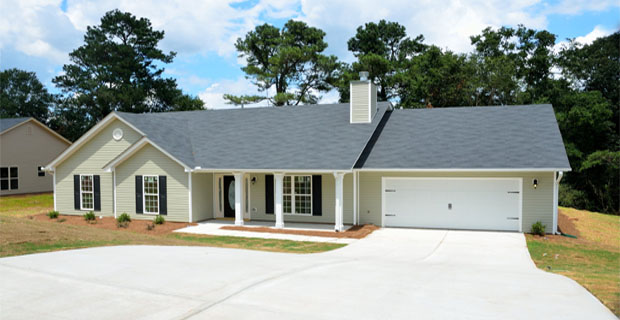Minnesota homeowners struggle with extreme seasons, and this takes a beating on our homes’ roofs, but there are 4 mains causes of Minnesota roof damage.
4 Causes of Minnesota Roofing Damage
Roof Age
0ver time, even when you have used the highest quality materials, your roof will eventually start to deteriorate. Time and weather will eventually take a toll, but most often a well-maintained roof will last for decades. If you live in a home with a roof that is more than a decade old and you are finding leaks, it could simply be that your roof has reached its maximum lifespan. Areas with more extreme weather conditions might find that their roofs total lifespan is shorter than expected for the roofing materials. Before you decide to replace your roof make sure it doesn’t have any of the other problems on our list.
Roofing Shingles that are broken or missing
Heavy winds, rain, snow, hail and tree branches can cause serious damage to a roof. Ideally you want to examine your roof by a top Minnesota roofing contractor after any major storms and at regular intervals to make sure that you don’t have any shingles that have broken, come off the roof, or that have come loose. Should you see any shingles or roofing material in your yard or drive way you will want to check your roof right away. Making repairs immediately whenever there is damage to your roof will help you prolong the integrity of your roof.
Blocked gutters
When it rains or you have melting snow your gutters help move water off your roof. Standing water on a roof can do significant damage even if your roof is otherwise sound. A clogged gutter will allow water to pool and back up when it freezes allowing for large areas of ice on your roof. If you get some particularly heavy pieces of ice it can actually cause a hole or a break in your roof. Smaller pieces of ice can also cause significant wear and damage to a roof. Making sure your gutters are clear, well repaired, and working properly will help preserve the integrity and life of your roof.
Damage to Roof Flashing
At the joints on your roof you have metal flashing that helps to protect your roof from water damage. On a typical roof tar is used to seal these thin mental strips to the shingles and make the joint water proof. Eventually the weather will cause this tar to degrade allowing water to start corroding the flashing and allow water into your roof. You will want to check the tar on your flashing at regular intervals and remove and replace any tar sealant that is failing.







